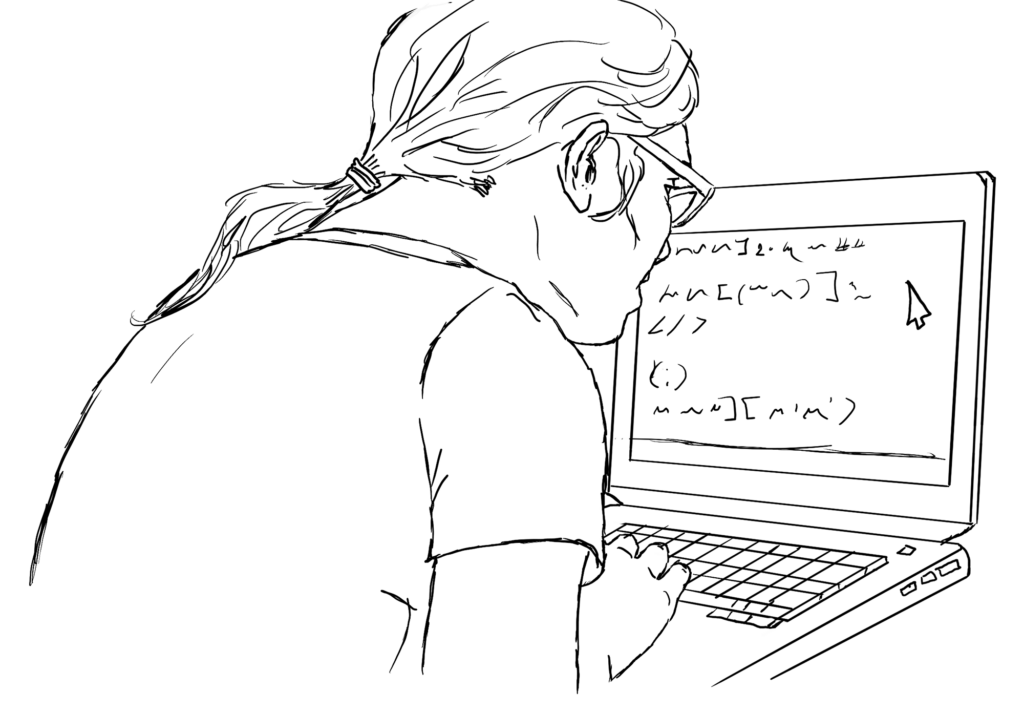March 14, 2024
A new, free, and community-sourced online book helps Computer Science educators integrate accessibility topics into their classes. Teaching Accessibility provides the foundations of accessibility relevant to computer science teaching and then presents teaching methods for integrating those topics into course designs.

The editors are Alannah Oleson, a postdoctoral scholar and co-founder at the UW Center for Learning, Computing, and Imagination (LCI), CREATE and iSchool faculty Amy Ko, and Richard Ladner, CREATE Director of Education Emeritus. You may recognize many CREATE faculty members’ research referenced throughout the guide. CREATE Director Jennifer Mankoff and CREATE Ph.D. student Avery Kelly Mack contributed a foundational chapter that advocates for teaching inclusively in addition to teaching about accessibility.
Letting the book speak for itself
“… we’ve designed this book as a free, open, living, web-first document. It’s free thanks to a National Science Foundation grant (NSF No. 2137312) that has funded our time to edit and publish the book. It’s open in that you can see and comment on the book at any time, creating community around its content. It’s living in that we expect it to regularly change and evolve as the community of people integrating accessibility into their CS courses grows and evolves. And it’s web-first in that the book is designed first and foremost as an accessible website to be read on desktops, laptops, and mobile devices, rather than as a print book or PDF. This ensures that everyone can read it, but also that it can be easily changed and updated as our understandings of how to teach accessibility in CS evolve.”
Introduction by Alannah Oleson, Amy J. Ko, Richard Ladner
“To write these chapters, we recruited some of the world’s experts on accessible computing and teaching accessible computing, giving them a platform to share both their content knowledge about how accessibility intersects with specific CS topics, but also their pedagogical content knowledge about how to teach those intersections in CS courses.”
Introduction by Alannah Oleson, Amy J. Ko, Richard Ladner